UNDER THE SURFACE | Inside the Court of Master Sommeliers
You’ll have seen their badges adorning the aprons and jackets of our sommeliers. But what are the different levels, what do somms have to go through in order to achieve such accolades, and just what is an MS? Guy Woodward reveals all…
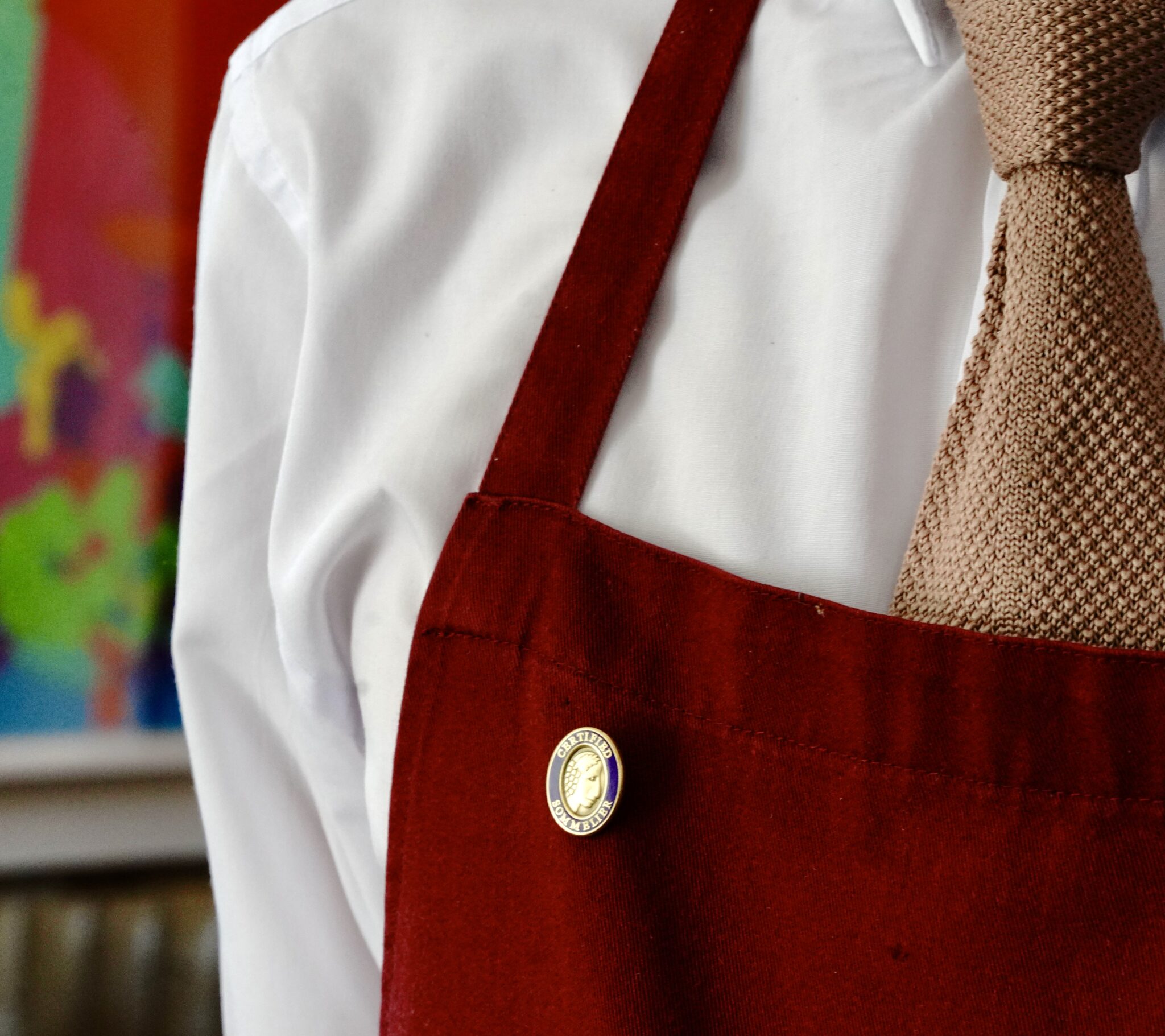
67 Pall Mall’s Head of Wine for Europe, Kathrine Larsen-Robert, remembers very clearly the moment, 12 years ago, when she learned that she would be adding two rather special letters to her name.
Having passed the notoriously difficult theory and practical elements of the Court of Master Sommeliers’ Diploma examination – its ultimate test – she returned the following year to re-take the tasting element. There, like all candidates, she was faced with six wines to assess and describe, in detail, to a panel of Master Sommeliers, before guessing the grape variety, region and vintage – all within 25 minutes. A 75% hit-rate is required in order to pass.
‘It’s not just about getting the badge. It’s about the journey and the person you become through all that hard work and resilience and sacrifice’
RONAN SAYBURN MS
An hour or so later, she was called back into the room to receive her results. ‘Are there any Danish Master Sommeliers?’ the MS conducting the exam asked her. ‘No,’ she replied. ‘Well there’s one now,’ came the reply.
By a strange twist of fate, the invigilator who delivered the good news turned out to be Larsen-Robert’s predecessor at 67 Pall Mall – the Club’s former Head of Wine Ronan Sayburn, who qualified himself as an MS in 2005. And in a rather neat closing of the circle, Sayburn is now CEO of the European chapter of the Court of Master Sommeliers (CMS), where he is overseeing a drive to raise the profile of the body among the trade, and to expand into other parts of the world, notably Asia, among a new generation of aspiring somms.
The Court was established in England in 1977 as a vehicle to set the global standard of excellence for wine and drinks knowledge and service within the hospitality industry. Its core activity is the education and certification of sommeliers, via four levels: Introductory, Certified, Advanced and Master Sommelier, all of which must be tackled, in order, via exams taken in person in one of 26 cities spread across 18 different countries. All exams are oral, rather than written, and in English only (although Chinese translation is being added to the Introductory exam this year).
Service is a key part of the process: as well as the theory (knowledge) and tasting sections, a practical exam involves candidates dealing with tricky customers and real-life situations in front of a panel of judges. ‘The MS qualifications are all about the trade, sales, restaurants and service, while the MW (Master of Wine) is more about the business, marketing, winemaking and deep diving into specific regions,’ says Sayburn.
The final stage diploma, leading to qualifying as an MS, is unimaginably demanding. In 48 years, only 282 people have attained the title (by way of comparison, there are currently 425 Masters of Wine). Last year in Europe, 90 candidates took the final exam; only six passed. And it’s not just the MS level that is challenging; in 2024, there were 143 candidates for the Advanced Certificate – the next level down – of whom just 53 passed (including 67 Pall Mall London’s Deputy Head Sommelier Giacomo Apolloni and Singapore’s Assistant Head Sommelier Yi Ying, who achieved the highest global score).
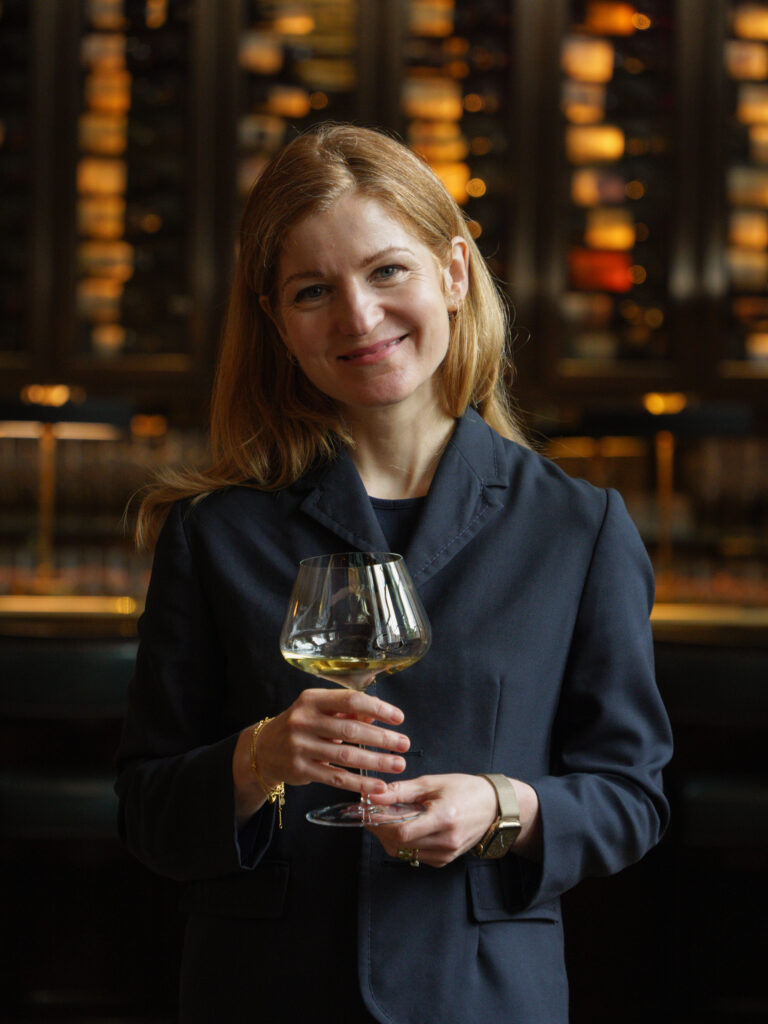

Why is it so tough? Sayburn outlines the demands made on candidates. ‘Sommeliers are always tasting great wines, and their service skills are very good, but the knowledge side requires a lot of commitment and self-discipline. Anyone working in hospitality works long hours, and to get home at night and decide you’re then going to do a couple of hours study, or to give up your Sundays and your days off is a real commitment.’
When he was preparing for his final exam, Sayburn had a daily phone call with another candidate, where they would ask each other 50 questions. Larsen-Robert, who, like Ying, achieved the highest global exam results of her year, says her approach was equally methodical, but solitary. ‘I was enormously driven. And I love geeking out.’ As you need to, in order to tackle such questions as ‘What is the maximum size of a single vineyard if used on a label of South Africa Wine of Origin?’ and ‘What name is the Corsican grape variety Niellucio also known by?’*
Larsen-Robert’s husband, fellow MS Clement Robert, who she met when competing for the UK Sommelier of the Year title (he won in 2013; she won a year later) was different, she says. ‘His strength was always tasting, which he passed first time. But it took him three attempts to pass the theory. Whereas I always felt I could control the theory, at least to a degree, but the tasting was more of a wild card – you never knew what it would throw up.’
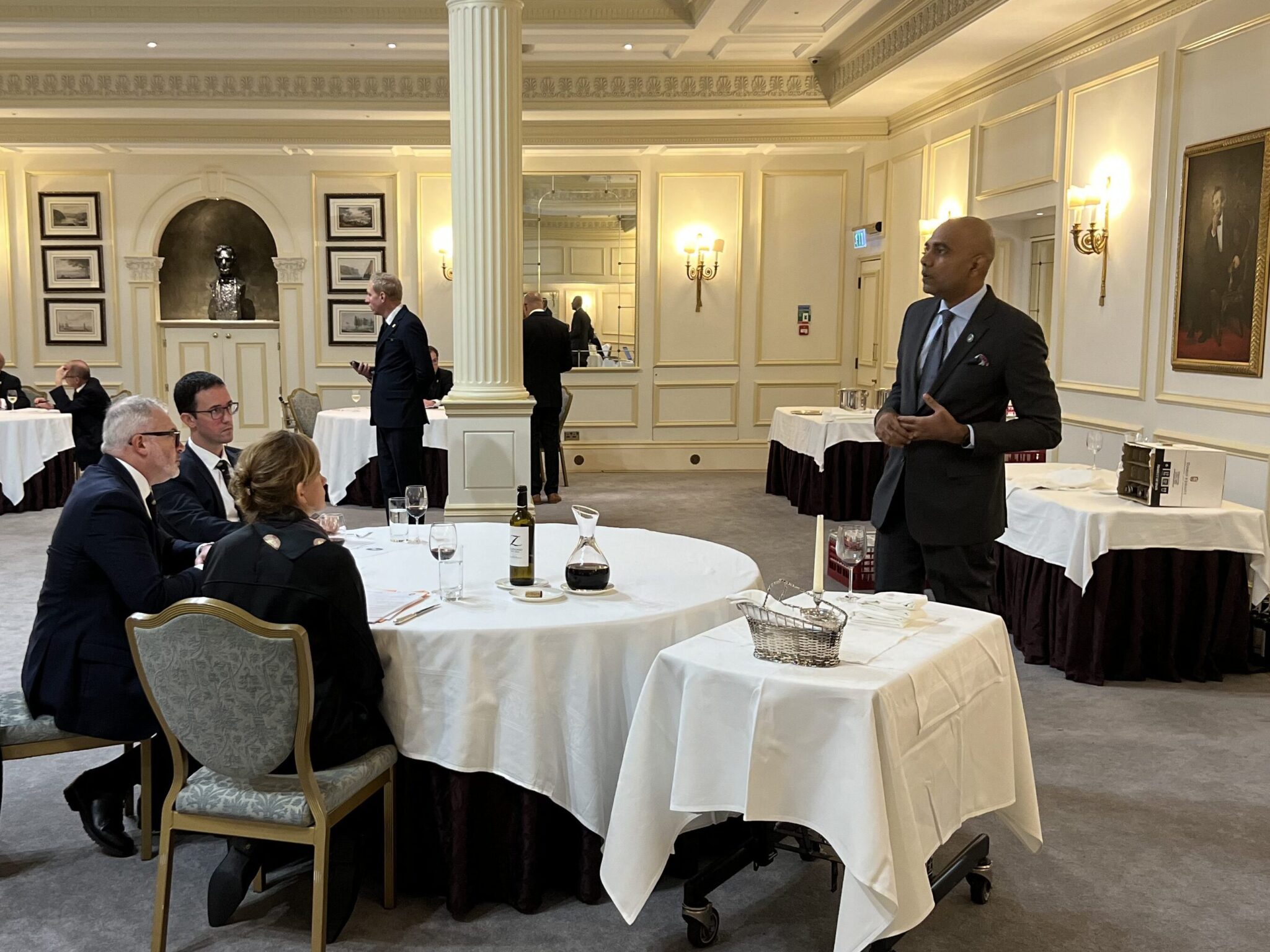

67 Pall Mall has long encouraged its sommeliers to pursue such qualifications, both via the CMS and the Wine & Spirit Education Trust (WSET). ‘The idea with 67 was to be a sommelier university,’ recalls Sayburn – as evidenced by the alumnae who have graduated and gone on to act as leaders and mentors across the industry. Today, in London, the subject of this month’s Meet the Somm, Kirsty McCulloch, is typical in passing her Certified qualification and applying for the Advanced level. Meanwhile in Singapore, all but two of the team hold a CMS qualification of some kind, with six boasting the Advanced Certificate.
It helps that the Singapore Club was also the venue for the hosting of the country’s first CMS exams, in 2022, with expansion to other countries a key part of Sayburn’s remit. And while the CMS intentionally keeps prices reasonable so as to be affordable (around £4,000 for the MS in comparison to around £20,000 for the MW), it also awards up to 15 annual Scholarships for the Introductory and Certified courses, largely in places such as India and South Africa, where incomes are low.
Today there are Master Sommeliers in 21 countries, including Austria, Poland, Bulgaria, Turkey, China, Japan, India, Taiwan and New Zealand. The MS community is most active, however, in the US, where a separate Americas chapter, serving both North and South America, was established in 1987. Since then, 172 of the 282 MSs have come from that side of the pond.
‘Neither the MW programme nor the WSET have much traction in the US,’ explains Sayburn. ‘And then you go and make a movie about it, and you’re on the big screen. Well, that’s the American dream.’ The 2012 film SOMM pushed the profession into the US mainstream. Riding on the coat-tails of the then booming, adrenaline-fuelled, celebrity-driven chef and restaurant scene, it followed four aspiring MS candidates – all male, with their supportive female partners in tow – in the lead-up to their exam and subsequent result. ‘With the movie coming out, MSs in the US gained semi-rock-star status, with groupies following them around,’ says Sayburn. ‘It all got very silly.’
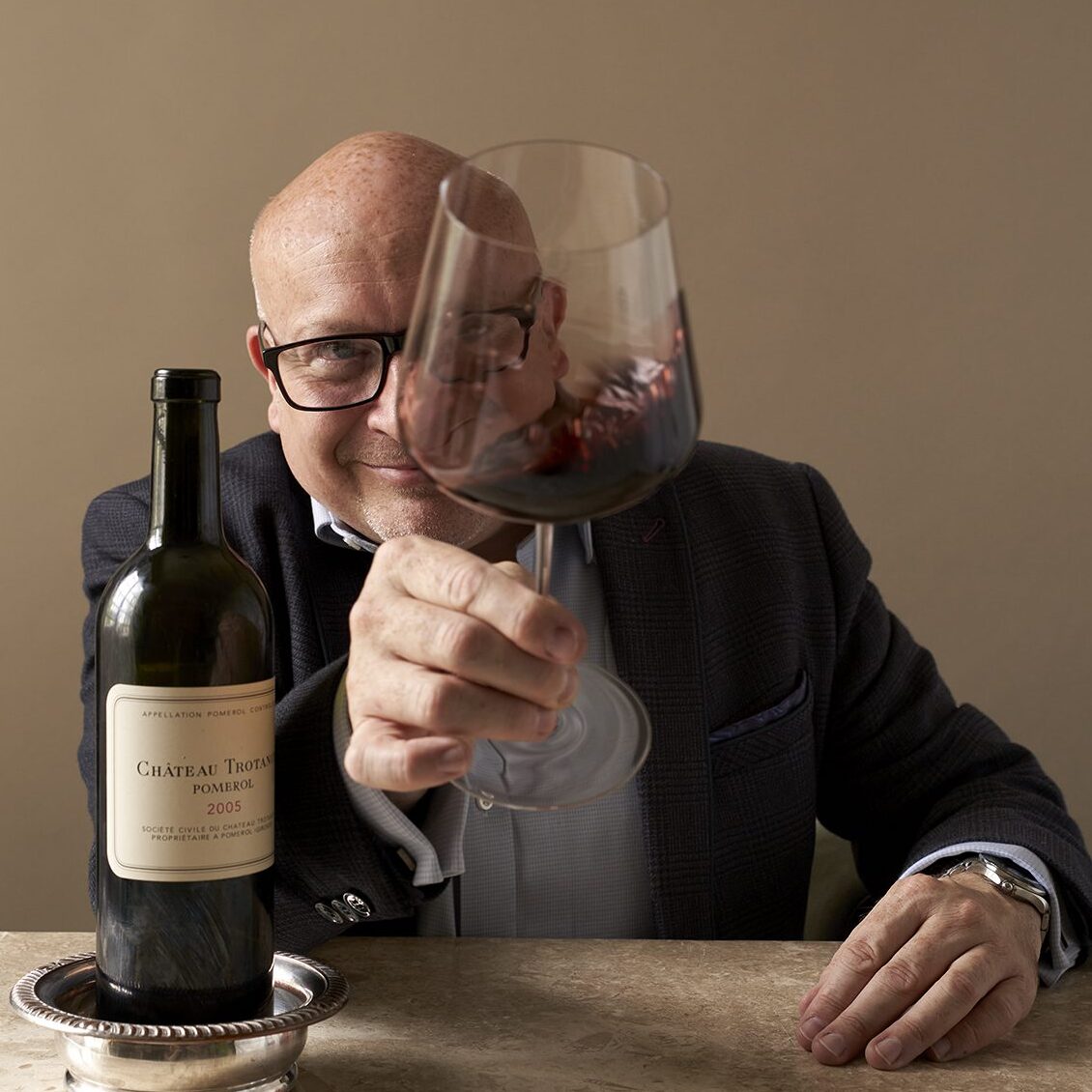

‘We don’t want to elevate sommeliers as superstars – we want to elevate the profession,’ said Emily Wines MS upon her appointment in 2020 as board chair of the Court of Master Sommeliers, Americas. Since taking the helm following a string of controversies, Wines has renewed the organisation’s focus on transparency, accountability, and inclusivity.
Sayburn, who heads up operations in Europe and the Rest of the World, agrees. ‘We always try and keep to our principles of modesty and humility,’ he says. ‘Serving our customers is what we’re there for. We’re not there to be become wine bores or wine snobs or take ourselves too seriously. Humility and modesty are key.’ It’s also the case, he acknowledges, that such modesty extends to most sommeliers’ salaries. ‘But what employers can give them is time and education, freedom and creativity, to do their studies and improve both as a somm and as a person. And that is integral at a place like 67, where Members have such a strong connection with the sommeliers. You don’t get that in other places.’
While at an industry level, the qualifications act as recognised shorthand for a sommelier’s knowledge, and help instill the necessary ability to assess wines and teach service skills, for the somms themselves, the key element is arguably the theory side, says Larsen-Robert – and the commitment that brings. ‘It gives you a structure,’ she says. ‘Without that, if I hadn’t been studying for the exam, I’m unlikely to have ever reached that level of knowledge’
‘It’s definitely not just about getting the badge,’ adds Sayburn. ‘It’s about the journey and the person you become through all that hard work and resilience and sacrifice. Whether you get the badge or not, that kind of dedication to your profession moulds you into a pretty serious person.’ Larsen-Robert agrees, adding that there is also a certain level of ‘respect’ generated by qualifying as an MS – among both fellow somms and customers. Although there is one element that is less welcome – the target on your back that comes with the two letters. ‘There will always be someone who will want to give you a wine just to try and catch you out,’ she says. An MS’s blind tasting challenge is never done, it seems…
* Six hectares; and Sangiovese
Not a 67 Pall Mall Member? Sign up to receive a monthly edit of The Back Label by filling out your details below
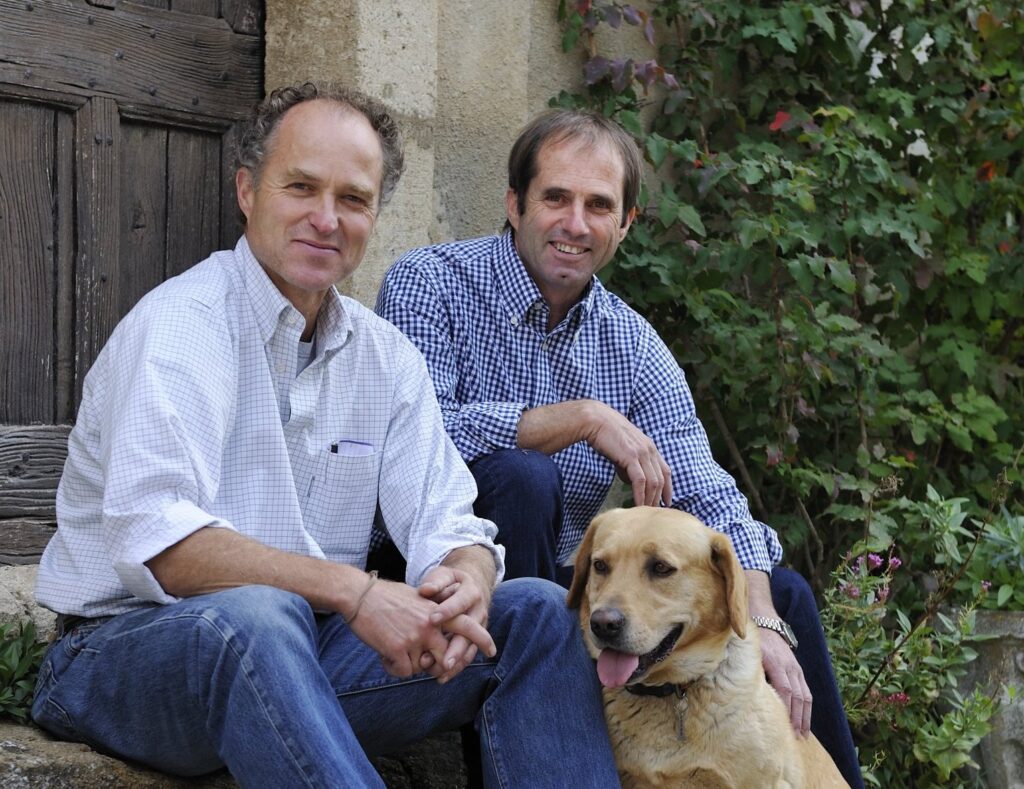

WHAT
I’VE
LEARNED
Daniel Brunier, Domaine du Vieux Télégraphe, Rhône
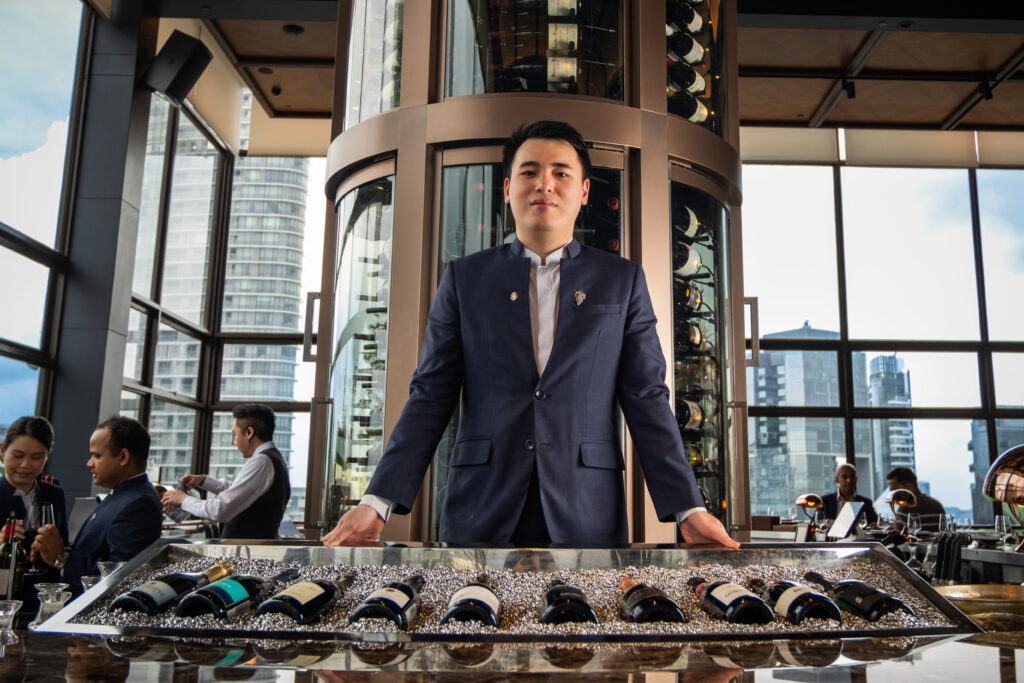

MEET
THE
SOMM
Zhen Jie New
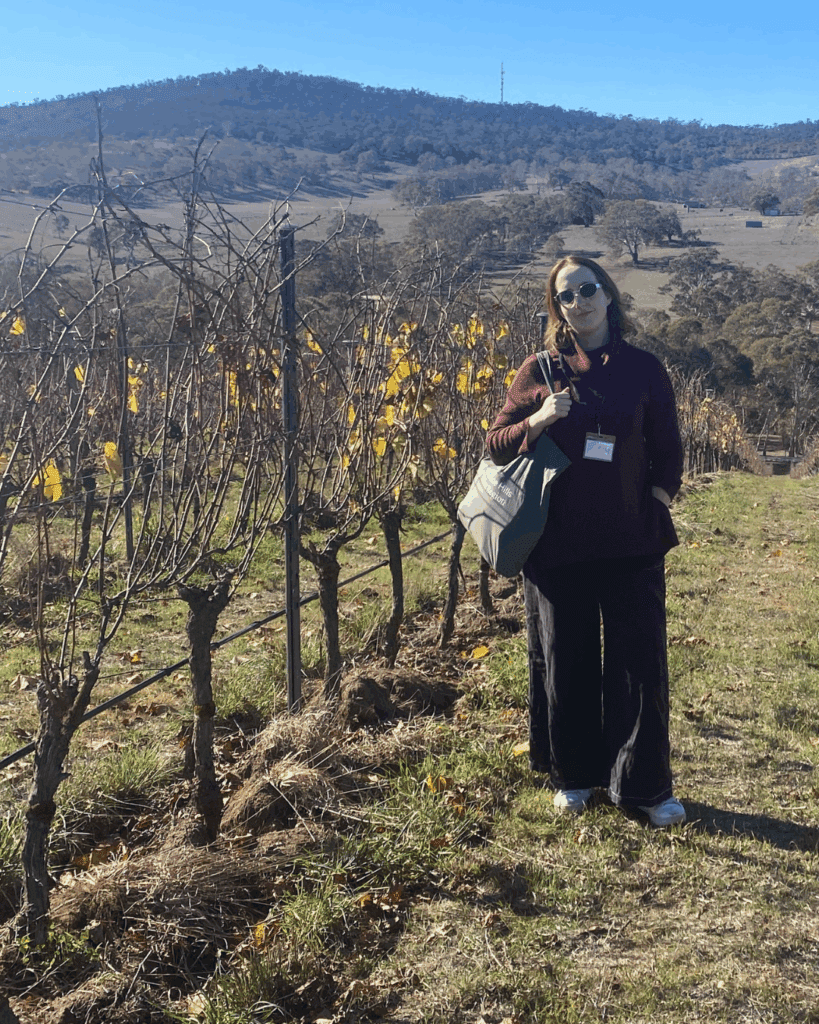

ON
THE
ROAD
Christina Kaigg-Hoxley in the Adelaide Hills
